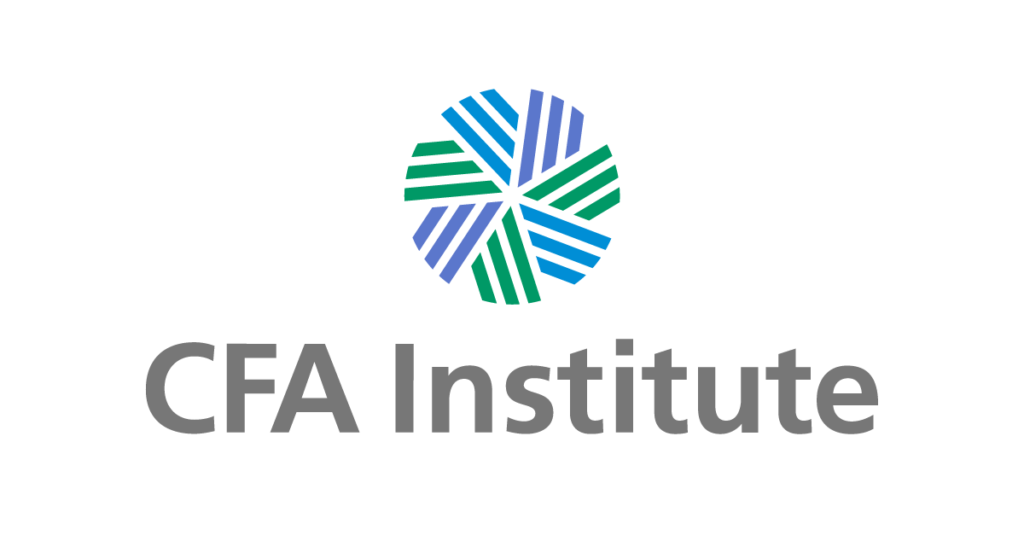8 Steps to Create a CFA Level 1 Exam Study Plan For 2025
8 Steps to Create a CFA Level 1 Exam Study Plan For 2025
Blog Article
Step 1: Understand the Structure of the CFA Exam
CFA Classes
CFA Classes in pune
Before we form a master plan on how to study for CFA, it is important to familiarize ourselves with the structure of CFA exam. There are three levels to the CFA program, each of which requires a solid understanding of financial concepts.

- Level I has a focus on basic financial principle, ethics and quantitative methods.
- Level II is analytical in nature and focusing more on financial reporting as well as valuation, asset pricing models, etc.
- Level III assesses candidates on portfolio management and wealth planning.
Consider which level you are preparing for, as each has unique study techniques you should implement into your study plan.
Step 2: Establish a Reasonable Timeline
Candidates often need a total of 300-400 hours of prep time per level, distributed across a minimum of four to six months. Factors to consider when establishing a study timeline:
- When your exam is going to be held: Start counting backwards from exam date to find time to study.
- Use the following daily and weekly goals: 12-15 hours per week for a structured approach.
- Work and personal commitments: Manage other aspects of life like work, family, and personal time with your study schedule.
Since we already know that making a timetable makes sure that a last-minute study and learning is not what you do, but rather make it a habit of studying something new every single day!
Step 3: Break Down the CFA Curriculum
The CFA Institute has defined an official curriculum which in turn is divided into 10 topics set with different weightages. When you divide the syllabus into smaller parts it helps you to allocate your time appropriately.

The topic weightages for Level I are as below:
| Topic | Weightage (%) |
| Ethical and Professional Standards | 15-20% |
| Quantitative Methods | 8-12% |
| Economics | 8-12% |
| Financial Reporting & Analysis | 13-17% |
| Corporate Finance | 8-12% |
| Equity Investments | 10-12% |
| Fixed Income | 10-12% |
| Derivatives | 5-8% |
| Alternative Investments | 5-8% |
| Portfolio Management | 5-8% |
Step 4: Choose the Right Study Materials
Actually, CFA candidates can use both sets of materials: that of the official CFA Institute and of third-party sources.
Here are some recommended materials you can use to study:
- CFA Institute Curriculum – The official material with thorough explanations and end-of-chapter questions.
- Schweser Notes (Kaplan) — Concise summaries and practice problems for fast revision
- Wiley Study Guides for the CFA – Thorough text with a narrative forum, concepts description, and practice questions
- CFA Prep Providers — Can assist via online courses and coaching programs for structured learning